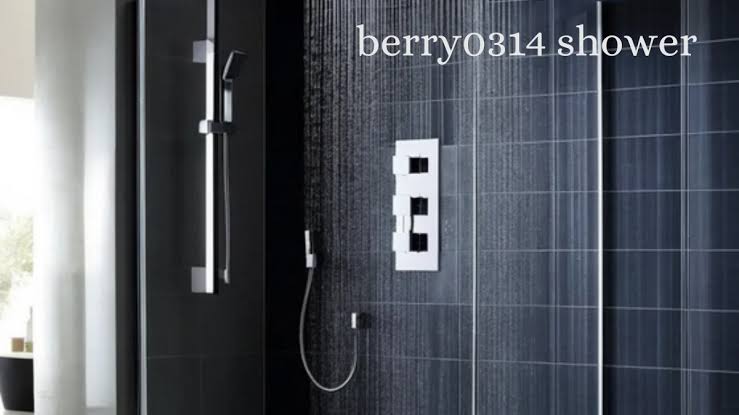DIY Gas Safety Inspections: How to Assess Your Home’s Gas System

In the past five years, around 12 people have lost their lives as a consequence of gas explosions, while 178 people have been injured. These statistics may not appear as shocking, especially noting the number of deaths caused by road accidents and similar incidents each year. However, it is also true that an estimated 68,000 homes were saved from gas-related accidents each year.
There is a reason behind this discrepancy, and that is gas safety. Gas safety measures have made it possible to minimize gas-related incidents. Gas safety is critical since a gas leak is so hard to detect. And if you are thinking that gas safety measures will be another additional cost on top of utility bills and other expenses, the truth is quite different.
Gas safety is not costly, especially if you put it into perspective in terms of the protection it provides. Also, there are gas safety measures that you can implement on your own. That is right, you can DIY gas safety, like inspecting your gas connection.
Is It a Good Idea to DIY Gas Safety Inspection?
Is it even feasible to DIY gas safety inspection? There is no simple answer to this question. If you are only relying on DIY gas safety inspection then that is not enough. Professional gas safety engineers go through years of learning and training to identify any issues with your gas connections. They can even detect potential problem areas that may not be obvious to the untrained eye.
There is no substitute for having an annual gas safety check conducted on your property. Residential gas services by Gas Safety Certs and similar services ensure that your house is checked for any gas-related issues. Still, there are many ways to look for gas leaks and prevent accidents.
Ways to DIY Gas Safety Inspections
Here is how you can go about conducting a gas safety inspection yourself:
Know the Signs of a Gas Leak
gas leaks are hard to detect since natural gas in its original form is colorless and odorless. Though an unpleasant scent is added to it so a gas leakage can be identified by its smell. Gas has a smell similar to that of rotting eggs. So, look out for a bad smell in the absence of any identifiable source, like trash or old food.
The issue is that humans have a very weak sense of smell, so it can be difficult to identify a leak. In many cases, by the time you can sense the smell of the leakage, it is already too late, and the carbon monoxide poisoning begins. Dizziness, nausea, and shortness of breath are all symptoms of poisoning caused by a gas leak.
The physical signs of a gas leak are also quite obvious when you know what to expect and these can be telltale signs of a gas leak. Even if these symptoms do start, it is still not too late to act. At the very least you can evacuate the property and call emergency help.
Places to Inspect
Naturally, you have to examine the gas connection, so anywhere there are no gas lines of appliances you do not need to inspect. Certain parts of the gas connections are more vulnerable to leaks than others. Inspect where gas lines have joints and also where the gas appliances are connected to the gas lines.
Such points of connection may become worn down and result in a gas leakage. Check for any faulty or loose connections. You may not be able to fix them yourself but you can identify if anything appears wrong.
Most people do not have the right tools, but you can use simple tools in your home to do a rudimentary check. For instance, you can use a wrench or pliers to examine the tightness of joints and connections throughout the property.
Examine the Boiler
The boiler is one of the most important gas appliances in the house. It is necessary to check the boiler specifically to see if it is working as usual. If you notice that the boiler is not heating the water as quickly as it typically does, then it may be time to call in a professional to do a proper inspection.
The pipes may need cleaning, or the boiler may need service. In any case, a gas safety engineer must check for abnormal functioning.
Check the Gas Pressure of the Stove
This one is easy as you gauge the gas pressure by turning on the burners. Even if you do not have a tool to let you know the exact pressure, you can tell when the gas pressure is low. You know what the normal gas pressure is through frequent usage. So, it is apparent when the gas pressure is even slightly low.
The burners may need a cleaning or the gas connection may be low due to a leakage. In both cases, low pressure is a sign you need to call in the professionals.
See if the Ventilation is Up to the Mark
Checking gas safety is not just about looking for leaks. It means examining whether the existing gas safety measures are robust. This includes seeing whether the ventilation and flow of fresh air into the house are working well.
Vents become dirty and clogged over time and require cleaning. Check to see if the vents need cleaning and if the flues are also unclogged and doing their job.
Safety Above All
There is no such thing as too much safety. No safety measure is foolproof this is why it is best to maximize efforts to reduce the risk. A robust gas safety system is a continuous process. It is good to have an annual gas safety check done. Gas safety checks are conducted by registered gas-safe engineers and let you know whether gas safety measures have been implemented properly in your home or not.
But you can never be complacent with gas safety. It is a life-or-death situation after all. Checking for gas safety and staying vigilant about gas leaks all the time is necessary to avoid any gas-related accidents. It is the least you can do to keep yourself and your family safe.
DIY gas safety check requires no professional knowledge or experience. You just need to be aware and alert at all times.



